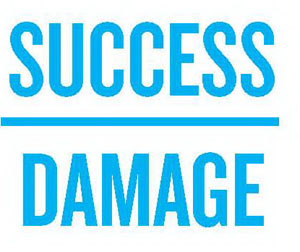C200: Success : Damage Ratio

Peter Drucker famously said: “You make what you measureâ€. He’s right: effective metrics focus on the outcomes that a group or society values. But still, sometimes things go awry. Unintended consequences can result from diligently pursuing a too-limited set of metrics.
Last month we visited Hong Kong with a small group of Seattle built environment professionals and graduate students from the University of Washington. Hong Kong’s admirable efforts to house everyone, to create transit access for everyone and to preserve nature have led to the most sustainable pattern of land use we’ve ever seen. The way the city has planned and developed is the envy of policymakers trying to contain sprawl in nearly every North American city.
But the constant densification has significant downsides: large new development podiums at rail stations swallow up the public space that was once small pedestrian alleys. The podiums are less permeable, have little or no real public space within them and what public space there is can’t be customized by individuals. Furthermore, in a place where living compactly depends on tight community ties, tearing down old buildings and displacing inhabitants has tremendously disruptive effects on both business and residential communities.
 The takeaway? It’s important to define what you want…and just as important to define what you don’t want.
The takeaway? It’s important to define what you want…and just as important to define what you don’t want.
The reciprocal is true in our backyard: the Washington State SEPA review process focuses on only the negative impacts of a project, and often ignores positive impacts, leading to erroneous conclusions about the need for change. We need an environmental review process that reminds us of what we’re getting from rezoning SLU or South Downtown or Beacon Hill.
In any ratio, there are only two ways to achieve a greater result: 1) increase the numerator, or 2) decrease the denominator. Choosing to measure only part of the equation yields incomplete (at best) or truly misleading (at worst) results. We need to remember both as we look at public policy tools and metrics: what do we want and what we have to give up to get there.
>>>
A-P Hurd and Scott Wolf are Affiliate Fellows of the Runstad Center for Real Estate Studies in the College of Built Environments at the University of Washington. The interdisciplinary group of Fellows recently returned from a research trip to Hong Kong. Read more about their findings on their blog.

